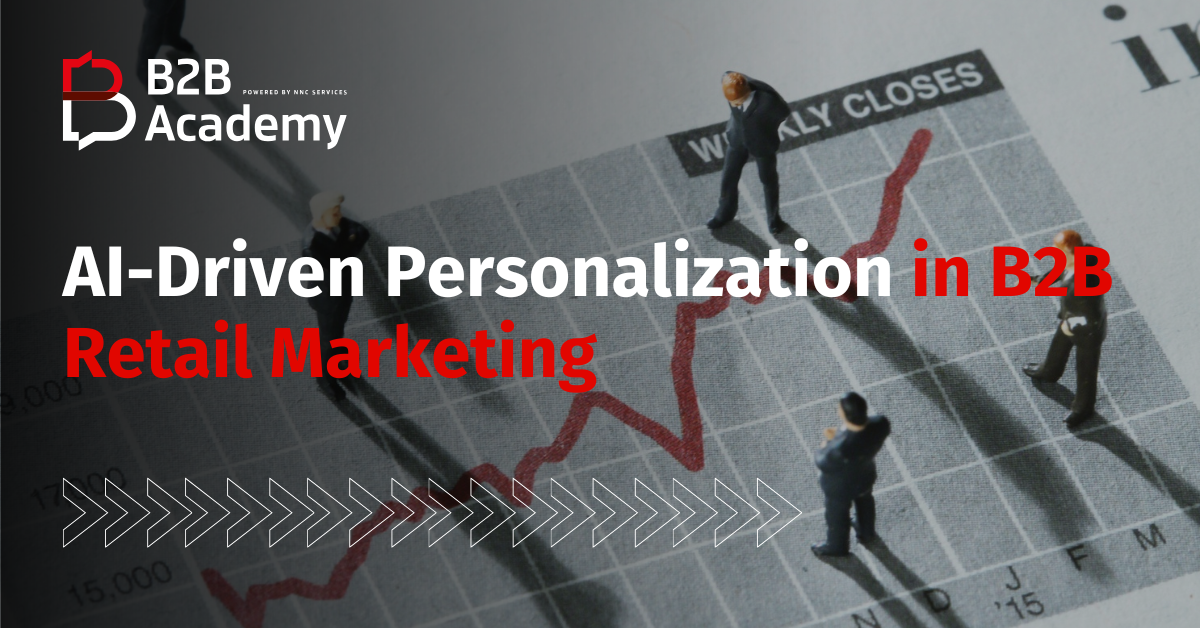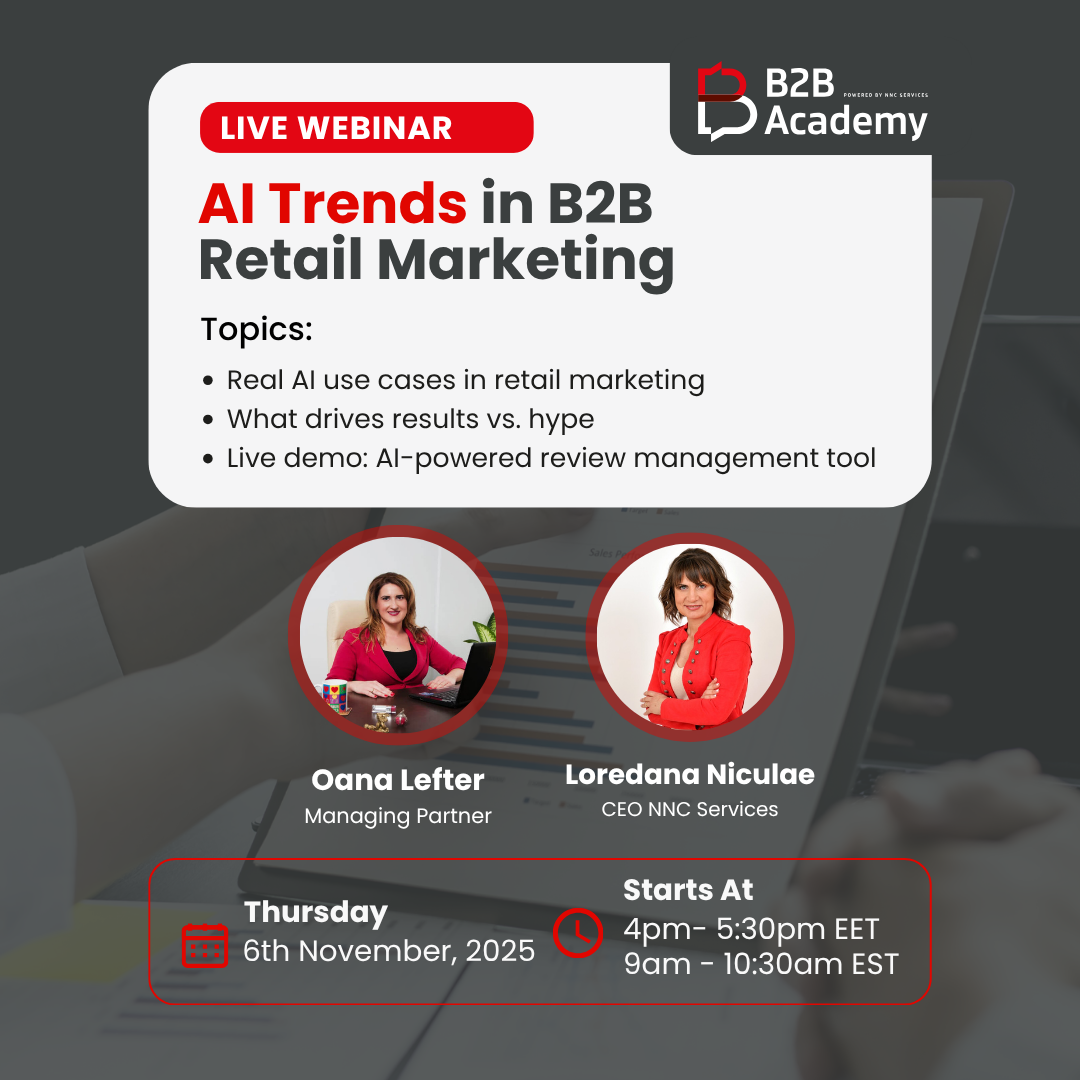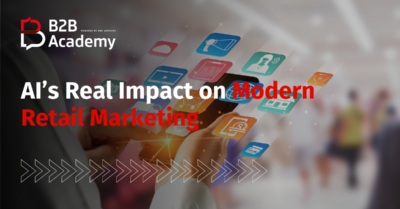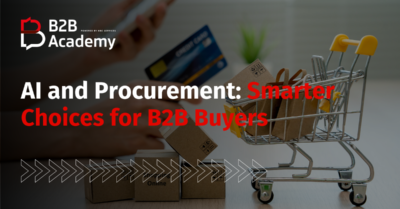You’ve probably noticed that your favorite retail sites always seem to know what you want before you even start typing. But here’s the twist: that same quiet personalization is now reshaping the B2B buying experience, too.
Whether you’re selling complex software or industrial equipment, your buyers have started expecting the same intuitive, predictive experience they get as consumers. They don’t want to search endlessly, compare hundreds of options, or repeat their needs. They want to feel understood, and AI is quietly making that happen behind the scenes.
Let’s unpack how AI-driven personalization is changing B2B retail marketing, and why the most successful companies barely make it noticeable.
1. The Shift from “Segments” to “Signals”
Traditional marketing grouped customers into large segments, by industry, company size, or geography. It worked, but it was clunky. AI, on the other hand, looks at signals: behavior, timing, and intent.
That means instead of saying “We’re targeting manufacturing companies,” you’re now saying, “We’re reaching buyers from mid-sized manufacturing firms who recently searched for sustainable packaging and engaged with logistics content.”
This level of detail allows brands to:
- Deliver personalized pricing recommendations based on buyer patterns.
- Suggest complementary products based on what similar companies bought.
- Predict when a client might reorder, before they even think about it.
It’s not loud or flashy. It’s quiet, predictive, and surprisingly human in its timing.
2. Personalization Starts Before the Buyer Knows It
Here’s something many marketers miss: personalization doesn’t begin after a buyer lands on your site; it starts much earlier.
AI systems are already learning from:
- What buyers search for on LinkedIn or Google.
- The types of whitepapers they download.
- The tone of reviews they read and trust.
When these signals merge, your brand can show up with the right message at the right moment, not by chance, but through subtle AI-driven predictions.
So while you’re thinking, “We just ran a great ad,” your buyer might think, “They anticipated my needs.”
 3. The Price of Relevance: When AI Gets It Wrong
3. The Price of Relevance: When AI Gets It Wrong
Of course, personalization has its risks. Get it right, and you look smart. Get it wrong, and it feels intrusive.
You’ve probably experienced this: a brand recommends something wildly irrelevant or too personal, and you’re left wondering how they even got your data. In B2B, that discomfort can destroy trust faster than a bad sales pitch.
To avoid that, companies are focusing on transparency and context:
- Be upfront about how you use buyer data.
- Give users the ability to adjust preferences.
- Make recommendations based on professional signals, not personal ones.
It’s a delicate balance; personalization should feel helpful, not creepy. Think of it as being observant, not overbearing.
4. How AI Is Quietly Powering Smarter Decisions
AI doesn’t just make the buyer journey smoother; it also helps your team work smarter behind the scenes.
Here’s where it’s making the biggest difference:
- Smart pricing engines: analyzing real-time demand, past purchases, and competitor moves to suggest fair, dynamic pricing.
- Predictive content suggestions: showing each visitor the most relevant whitepaper, case study, or product demo for their role.
- Automated customer scoring: ranking leads not just by clicks, but by intent and timing, the quiet signals that show real interest.
All of this happens without a single “We used AI!” banner. That’s the beauty of it. The best personalization doesn’t announce itself; it just works.
5. Turning Data into Experience, Not Noise
Many brands are sitting on mountains of data they barely use. AI is finally helping turn that clutter into something meaningful.
Instead of flooding dashboards with metrics, AI filters what matters and delivers it to the right people in real time.
For example:
- Sales teams get alerts when a prospect’s activity spikes.
- Marketers see which content themes drive real engagement.
- Customer success teams can identify early signs of churn.
You don’t need to be a data scientist to appreciate this shift; you just need to notice how decisions start feeling easier, faster, and more connected to what buyers actually want.
6. What This Means for You
Here’s the real takeaway: AI personalization isn’t about replacing the human touch. It’s about helping you be more human, at scale.
Your buyers still want relationships; they just want those relationships to start with relevance. They want you to know their challenges without asking the same questions over and over. They want efficiency without losing authenticity.
So the next time you’re reviewing your marketing strategy, ask yourself:
- Does our content feel relevant to each type of buyer?
- Are we using data to anticipate needs, or just to report on them?
- Would our customers feel understood, even before they talk to us?
If you can answer “yes” to those, you’re already part of the quiet AI evolution shaping B2B retail.
AI personalization isn’t loud or flashy; it’s subtle, predictive, and quietly powerful. The best brands don’t brag about it; they just make every buyer interaction feel smoother, smarter, and more relevant. In a world where buyers make most decisions long before they ever reach out, that quiet personalization might just be the loudest advantage you have.





